Flannel Blanket 101: Everything You Need Before Your Next Purchase
Your favorite blanket feels soft, looks timeless, and keeps you warm without overheating. But do you actually know what makes flannel different from fleece, or why that checkered pattern always gets called "flannel" even though it's not?
Flannel blankets have earned their reputation as cozy staples, but most people don't understand the fabric science behind the warmth. You might be washing yours wrong, storing it incorrectly, or buying low-quality impostors that pill after three washes.
Let's cut through the confusion. Time to understand exactly what you're wrapping yourself in every night.
What Flannel Actually Is and How It's Manufactured
Flannel isn't just that checkered pattern you see everywhere. It's a specific fabric with centuries of history.

Flannel: The Fabric That's Softer Than Your Assumptions
Flannel is a soft, woven fabric originally made from carded wool or worsted yarn in 17th-century Wales. Welsh textile workers used leftover sheep's wool to create a fabric that could survive their notoriously wet, windy winters.
Here's what makes flannel different from regular fabric: it's brushed after weaving. A fine metal brush rubs the fabric to raise fine fibers from loosely spun yarns, creating a nap on one or both sides. This napping process gives flannel that fuzzy texture you feel when you touch quality blankets.
Modern flannel comes in three material types:
-
Cotton flannel (softer and more breathable)
-
Wool flannel (warmer, better at wicking moisture)
-
Synthetic flannel (durable, and resistant to shrinking or wrinkling)
Yes, Flannel Is Warm (Here's Why)
Flannel retains heat well thanks to its loose weave and raised fibers that trap air. The brushed surface creates tiny air pockets that insulate your body while still allowing moisture to escape. That's why flannel blankets keep you cozy without making you sweat like polyester does.
Wool flannel beats cotton for pure warmth, but cotton flannel works better in mild climates where you want comfort without overheating. Synthetic flannel offers a budget-friendly alternative that is lightweight, durable, and quick-drying, making it a practical choice for everyday use or humid environments.
The Manufacturing Process
Flannel production involves four steps: harvesting base materials, spinning yarn, weaving the fabric, and applying final treatments. The weaving uses either twill or plain patterns to create a durable but flexible material. Then comes the signature napping process that transforms standard woven fabric into the soft flannel you recognize.
Australia produces the majority of wool flannel, India makes the most cotton flannel, and China manufactures the most synthetic flannel.
The Truth About Flannel Patterns vs. Materials
Stop calling every checkered shirt "flannel." Here's what you actually need to know about patterns and fabric.

Is Flannel a Pattern or Material?
Flannel is a fabric, not a pattern. The term "flannel shirt" is often mistakenly used to refer to any shirt with a plaid or tartan pattern, but flannel refers to the fabric itself. You can buy flannel in solid blue, stripes, floral prints, or any design you want.

The confusion happens because most flannel shirts come in plaid patterns. Flannel fabric often features plaid designs due to their popularity, but flannel can appear in solid colors, stripes, or other prints beyond plaid. Think of it this way: flannel is the super soft fabric you feel, while plaid is the checkered pattern you see.
Flannel characteristics:
-
Soft, brushed fabric (cotton, wool, or synthetic materials)
-
Created through the napping process with added softness
-
Can come in any pattern or color
-
Perfect for flannel sheets, pajamas, and clothing
What's the Difference Between Plaid and Flannel?
Plaid is a pattern created with dyed yarns of different colors that intersect vertically and horizontally at right angles to form check patterns. Plaid was consecrated in Scotland centuries ago and is originally referred to as "tartan".
You can print or weave plaid onto anything. Cotton shirts, wool blankets, polyester throw pillows, and even wrapping paper. Plaid doesn't care what material it lives on.
Flannel cares deeply about construction. It needs loose weaving and brushing to create that incredibly soft texture that makes bedding and lightweight fabric so appealing for chilly nights.
Is Flannel or Fleece Warmer?
Both fabrics trap heat, but they work differently. Let's settle this debate once and for all.
Flannel vs Fleece Blanket: The Warmth Showdown
Fleece is warmer than flannel because it traps heat and does not allow it to pass through to the other side. Fleece is made from synthetic fabric (usually polyester) that creates a tight barrier against cold air.
But here's the catch: Flannel's ability to breathe easier than fleece makes it less likely to foster perspiration, providing comfortable warmth that is not overpowering. You stay cozy without waking up drenched in sweat.
Fleece advantages:
-
Maximum heat retention for extremely cold climates
-
Lightweight despite warmth
-
Quick-drying and low maintenance
-
Durability without shrinkage
Flannel advantages:
-
Moisture wicking from fabric
-
Temperature regulation prevents overheating
-
Becomes softer with each washing
-
Highly breathable due to its loose weave
Here Are A Few Factors
Both flannel and fleece offer excellent warmth, but flannel is slightly better at heat retention. Fleece sheets and blankets provide superior insulation for those seeking maximum warmth, while flannel's breathability helps regulate body temperature.
For your couch throw or weighted blanket, choose based on the climate. Live somewhere brutally cold? Fleece wins. Prefer something breathable for mild winters? Flannel delivers better comfort without the sweaty feeling that synthetic materials create.
When shopping for a best seller in bedding, read care instructions carefully. Fleece handles neglect better, but quality flannel becomes your favorite over time.
The Smart Option: Flannel Heated Blanket
If you want the perfect balance between warmth and breathability, a flannel heated blanket is the smartest choice. It combines the airflow of flannel with adjustable electric warmth, giving you control over your comfort level. Unlike fleece, which can quickly feel too hot or stifling when electrified, flannel allows heat to circulate evenly without trapping excess moisture.

A flannel heated blanket is ideal for people who want:
-
Warmth that adapts to changing indoor temperatures
-
A cozy, non-sweaty feel even on higher heat settings
-
A soft fabric that becomes more comfortable with every wash
-
Energy-efficient heating without overheating
This makes flannel heated blankets a favorite for year-round use—warm enough for winter nights, yet breathable enough for transitional seasons. Whether you’re curling up on the couch or getting ready for bed, this option offers gentle, controlled warmth with far less risk of discomfort compared to fleece heated blankets.
What Are Flannel Blankets Used For
Flannel blankets solve more problems than just keeping you warm. Here's where this versatile material shines.
Flannel is commonly used to make tartan clothing, blankets, bed sheets, sleepwear, and several other uses. Baby flannel creates receiving blankets for hospitals and nurseries, while diaper flannel gets constructed specifically for cloth diapers thanks to its absorbent properties.

Popular applications:
-
Bedding: Flannel blankets work as a top layer on beds, replacing duvets, or as an extra layer under sheets for added warmth
-
Living spaces: Plush throws draped over your sofa add instant comfy vibes for movie nights
-
Outdoor activities: Lightweight and portable for camping, picnics, and concerts
-
Children's rooms: Super soft material makes it suitable for baby blankets and toddler bedding
Different types include baby flannel for children's wear, diaper flannel napped on both sides for cloth diapers, and standard flannel for blankets and throws. Even hospitals use flannel receiving blankets for newborn care.
Whether you drape it on your sofa, use it for outdoor adventures, or add it to your bedroom for those cold months, flannel blankets remain one of the most versatile options for any environment.
Does Flannel Shrink and Fray?
Yes to both. But you can manage these issues with proper care.
The Shrinkage Reality
Cotton flannel will shrink, especially when exposed to heat. Using a hot wash and a hot dryer causes garments to shrink about 1/2 inch to 1 inch in length and about 1/2 inch in width. When washed in hot water, expect flannel to shrink 2 to 3 sizes, about 20 percent of its fabric size.
Polyester flannel does not shrink easily because it is a synthetic fiber. It’s highly resistant to temperature changes and maintains its shape even after repeated washing. Unlike cotton flannel, polyester flannel keeps its original size, structure, and softness with very minimal risk of shrinkage.
💡 Shrinkage prevention tactics:
-
Prewash before sewing or first use
-
Always use cold or warm water (never hot)
-
Skip high heat in the dryer
-
Air dry when possible for best results
Does Flannel Fabric Fray?
Flannel will fray because it's made with a looser weave than regular fabric. Flannel fabrics tend to fray at edges, so wider seams are recommended. The same loose weave that makes flannel soft also makes it prone to unraveling.
Flannel will fray no matter what you do. Avoid excessive washing, rough handling, and high-heat drying. While you can't eliminate fraying completely, you can minimize it through proper handling.
How to Wash and Care for Flannel Blankets
Machine washing flannel blankets is easy once you know the rules. Follow these steps to keep your blankets plush for years.
Washing Guidelines
Wash flannel in cool or warm water, not hot. Hot water speeds up fading and compromises softness. Keep water temperature consistent between wash and rinse cycles. Choose a gentle or delicate wash cycle, and load flannel items sparingly to prevent stretching and maintain the fabric's napping.

Machine washing checklist:
-
Use mild, dye-free detergent
-
Skip fabric softeners (they contain harsh chemicals)
-
Add white vinegar instead for natural softening
-
Wash similar colors together
-
Turn plaid flannel shirts inside out
Add fabric softener or white vinegar (1 cup per normal load) to help soften fabric and prevent pilling. The acidity in vinegar breaks down detergent residue without damaging fibers.
Drying Tips
Tumble dry on low heat setting to prevent shrinking and maintain plush texture. Air drying is the best option to preserve fabric quality. High heat damages fibers and causes excessive shrinkage.
For grey or colored flannel, remove from the dryer promptly to avoid wrinkles. Lay flat or hang to finish drying naturally.

Ironing Tips
Can you iron flannel? Yes, but carefully. When ironing flannel, read the care instructions first. Typically, wool flannels require a wool setting, and cotton flannel is best ironed on the cotton setting. Start with low heat and increase gradually. Use a pressing cloth or iron on the wrong side to protect the napped surface.

Most reversible flannel blankets don't need ironing at all. The natural texture looks better slightly rumpled than overly pressed.
With proper care, your flannel blanket becomes a best seller in your home comfort rotation. Whether it ships as a gift or stays on your couch, treat it right and it'll stay incredibly soft and durable for years.
⚡️ Special Care for Flannel Heated Blankets
Flannel heated blankets need extra care to protect the internal heating wires and controller.

-
Always unplug the controller before washing.
-
Follow the manufacturer’s instructions carefully.
-
Avoid high heat in the washer or dryer.
-
Do not iron or dry clean, as excessive heat can damage the wiring.
-
Air dry on very low heat, gently smoothing the blanket to maintain its soft, plush texture.
Proper care keeps your flannel heated blanket warm, safe, and ultra-comfy for years of cozy use.
Find Your Perfect Flannel Blanket with Homlyns
Flannel blankets offer unmatched warmth and comfort when you understand the fabric science behind them. From managing shrinkage to choosing between flannel and fleece, you now know exactly what to look for. Whether you're wrapping yourself in a flannel throw or upgrading your bedding, quality flannel delivers cozy results every single night.
Key takeaways about flannel blankets:
-
Flannel is a fabric, not a pattern—plaid shirts and blankets can be made from many materials, but flannel refers to the brushed, napped construction
-
Cotton flannel shrinks—always wash in cold water and skip high heat to maintain size and softness
-
Fleece traps more heat, but flannel breathes better, preventing that sweaty feeling during sleep
-
Flannel frays naturally due to its loose weave, so handle gently and use proper seam allowances
-
Quality matters—higher-grade flannel resists pilling and lasts longer than cheap alternatives
-
Proper care extends lifespan—gentle washing, low-heat drying, and careful ironing keep flannel incredibly soft




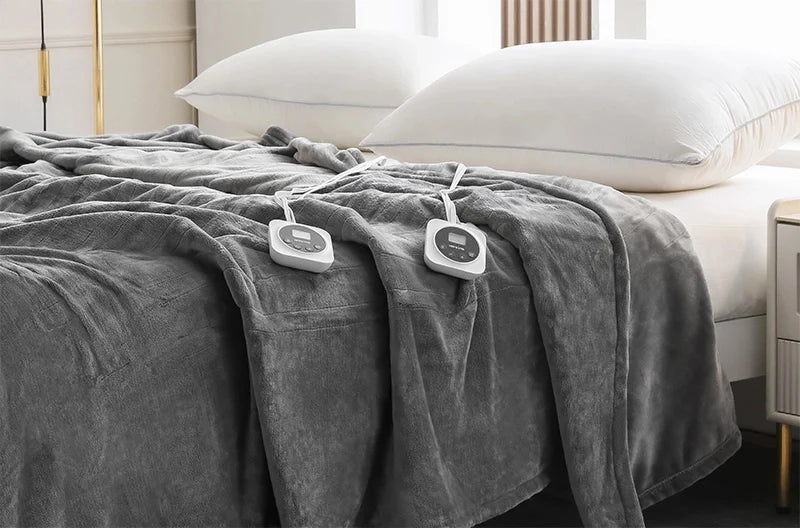
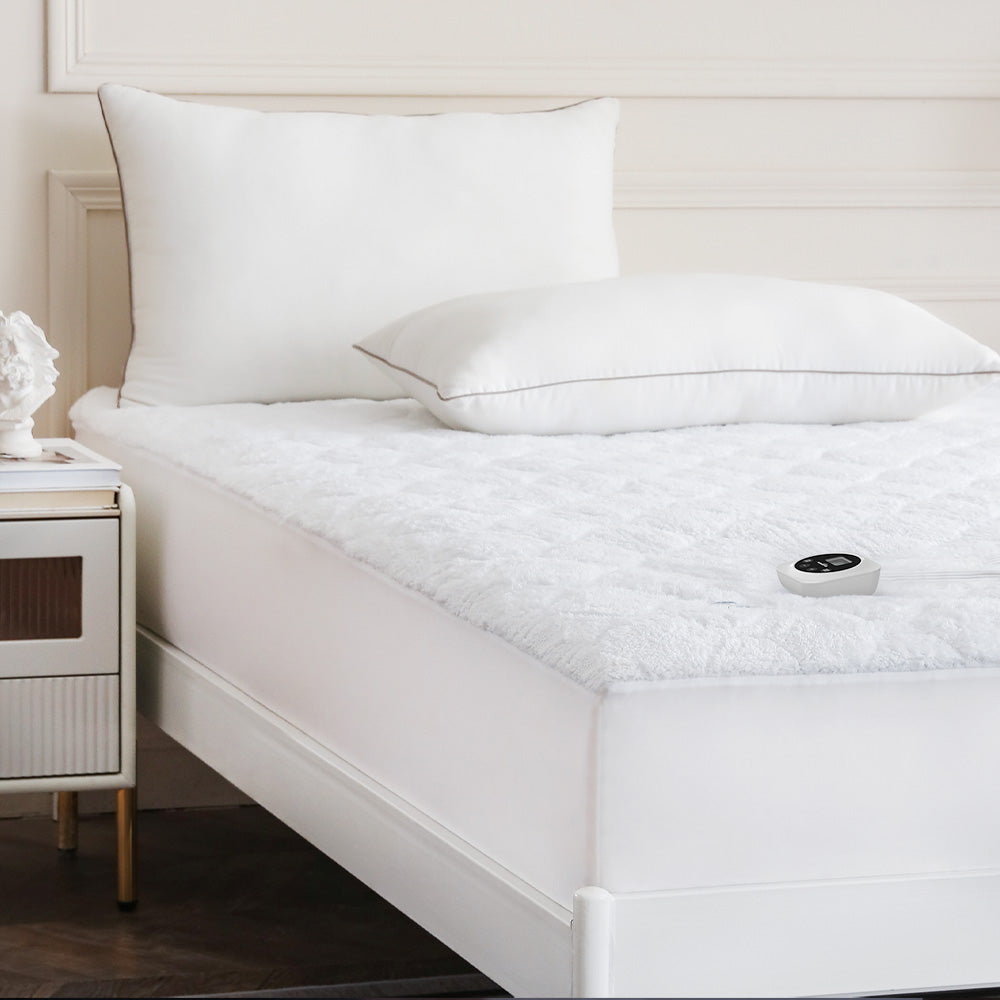

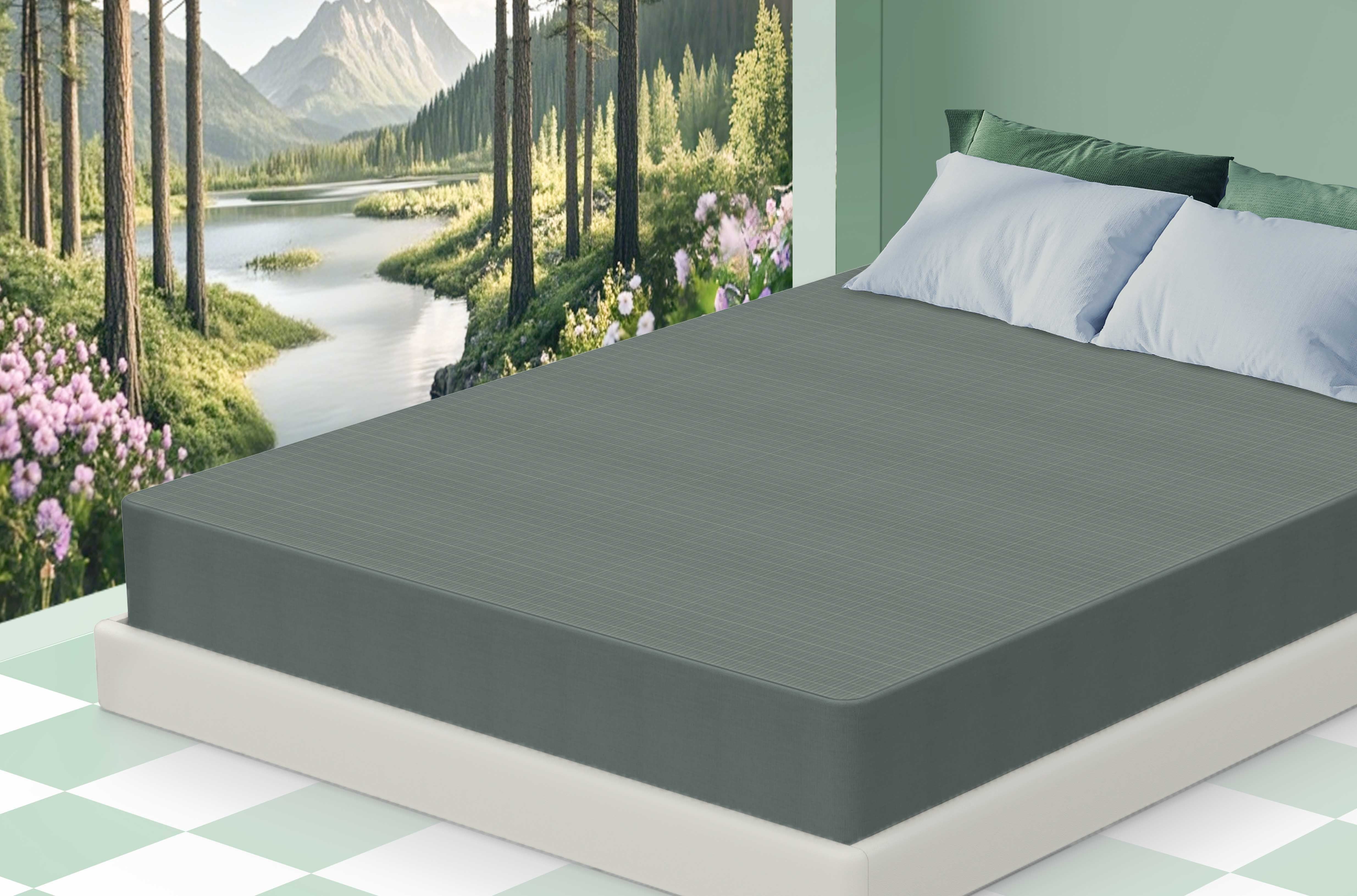

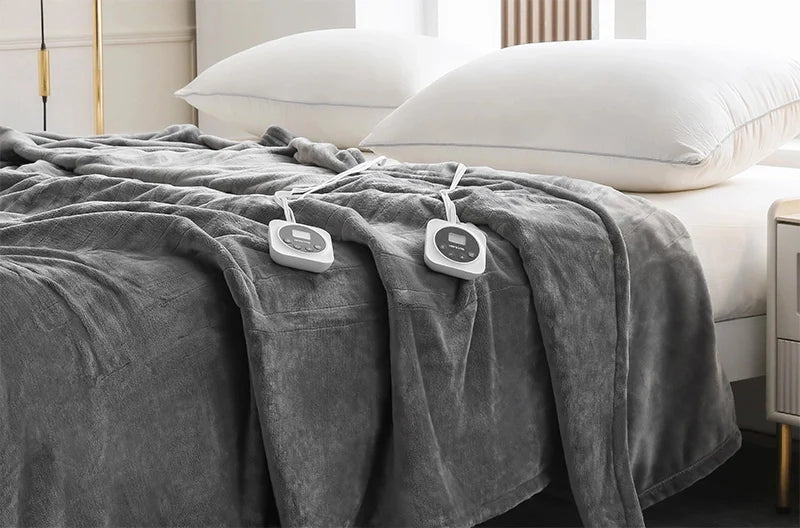
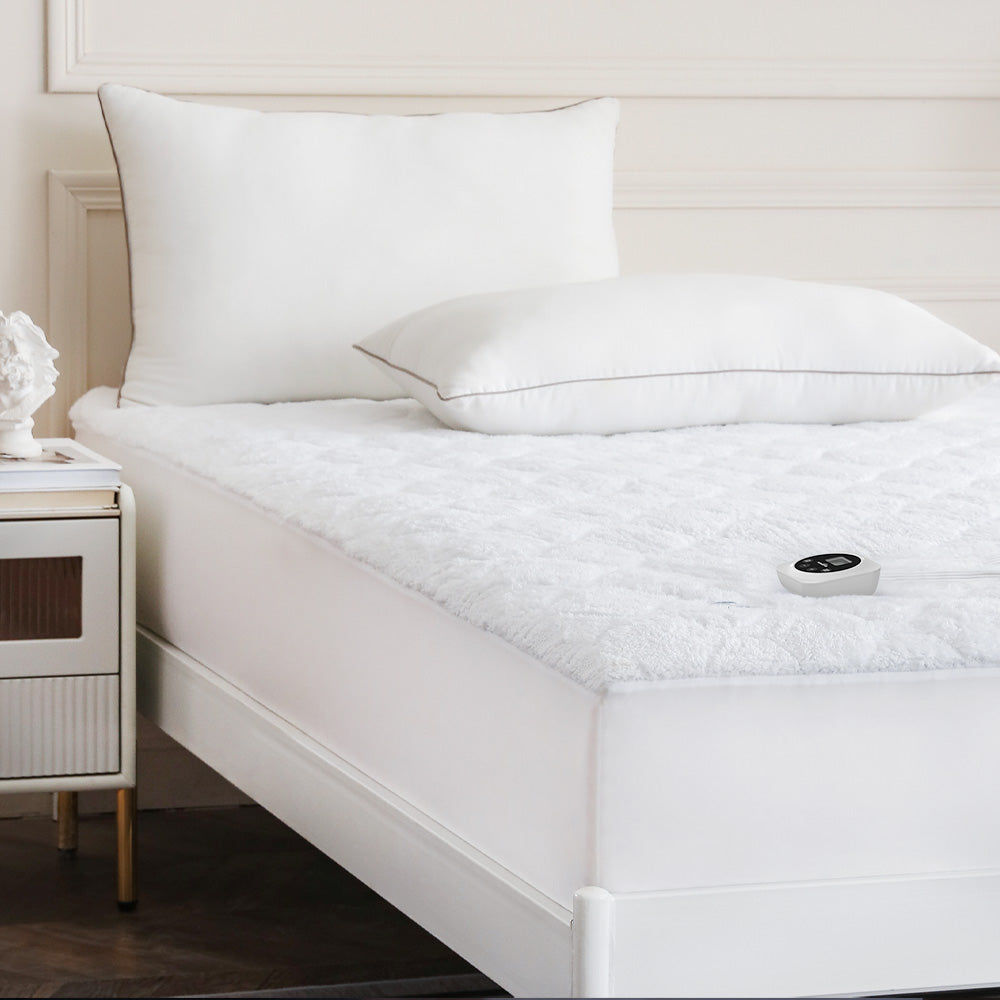
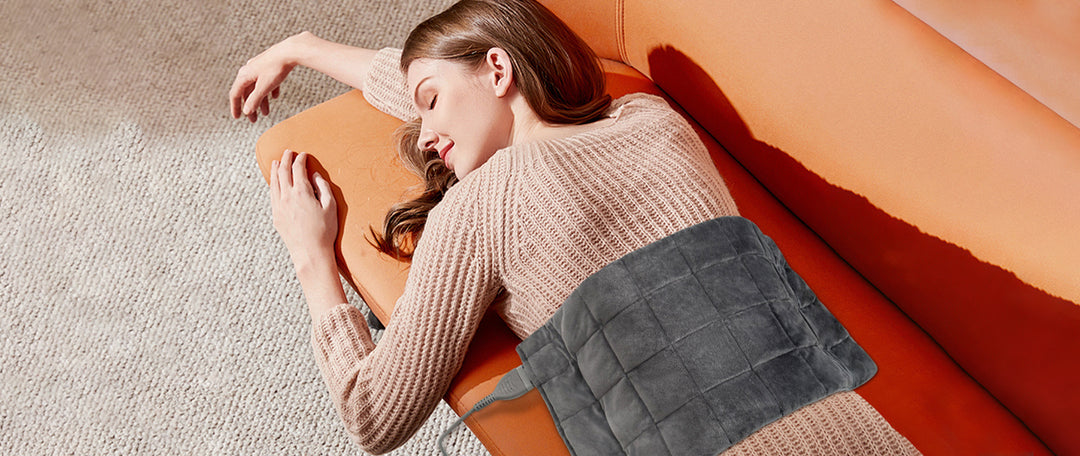
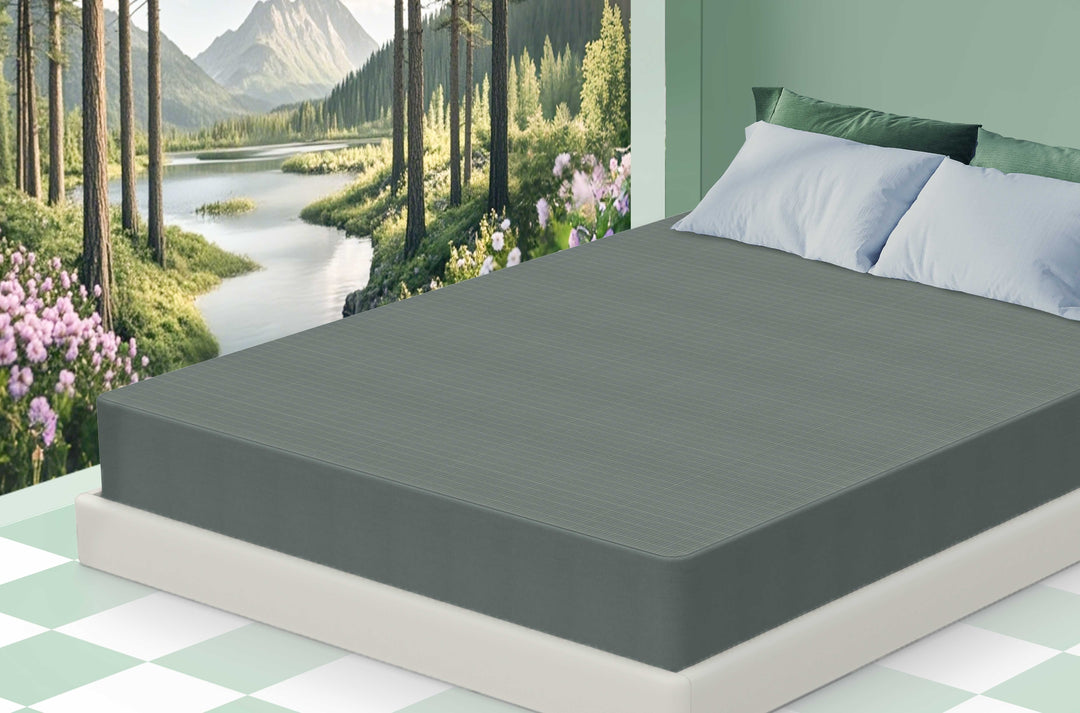



Leave a comment